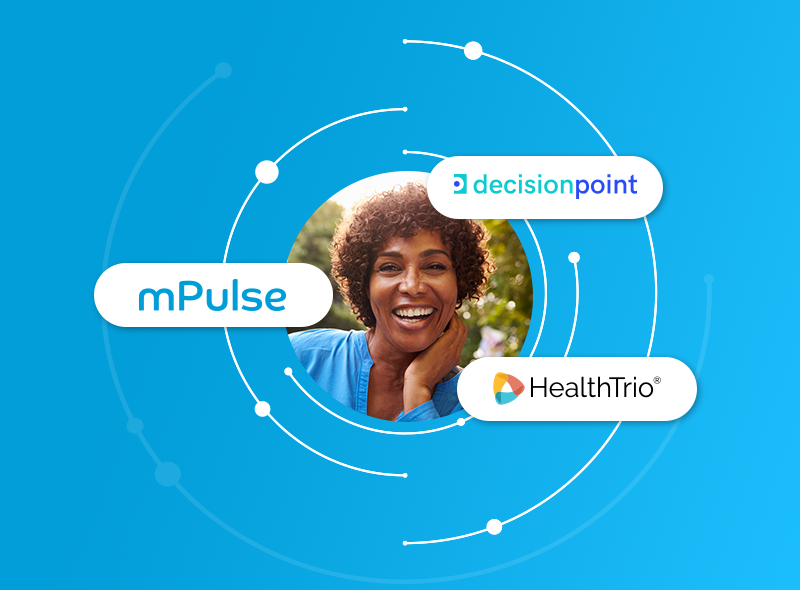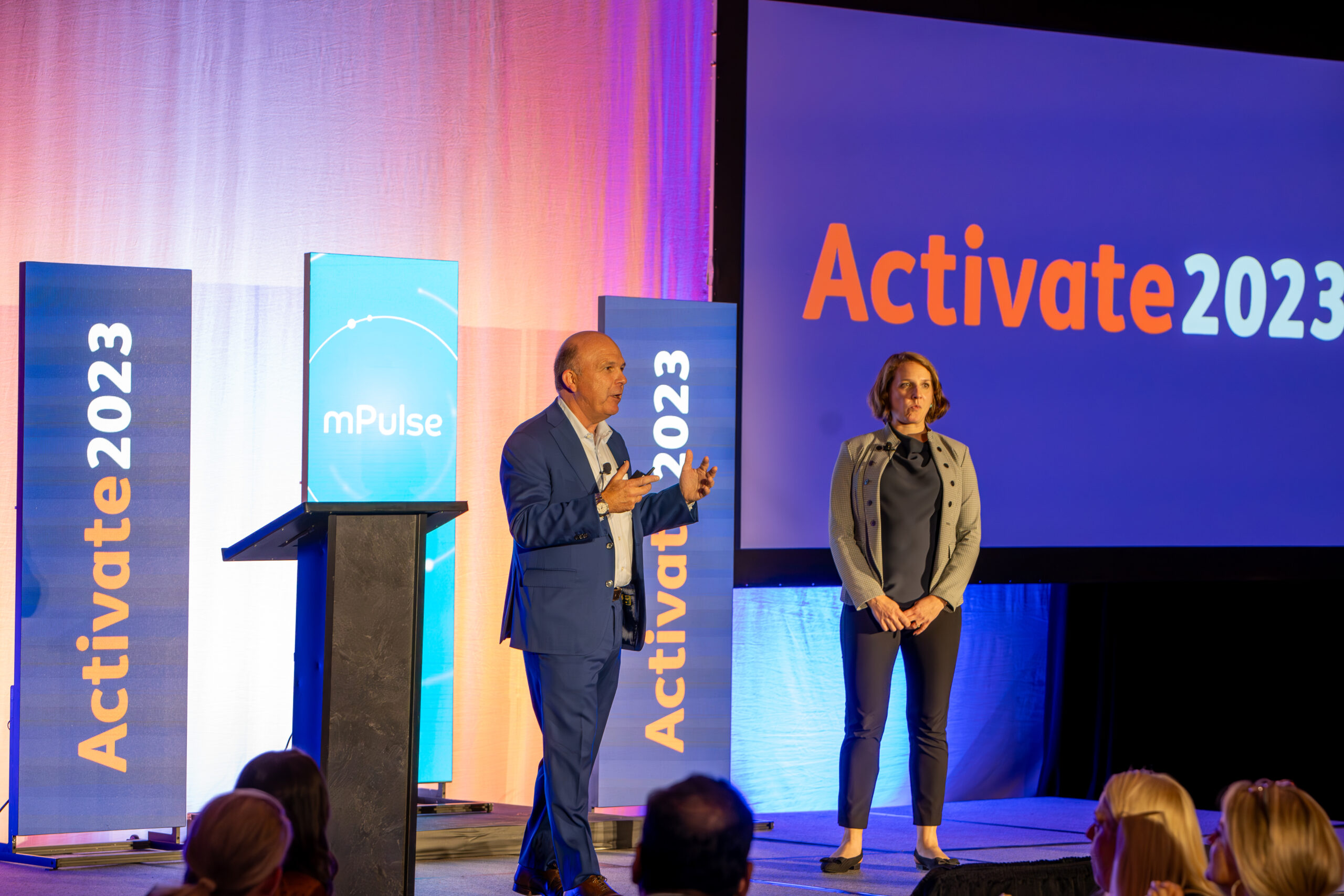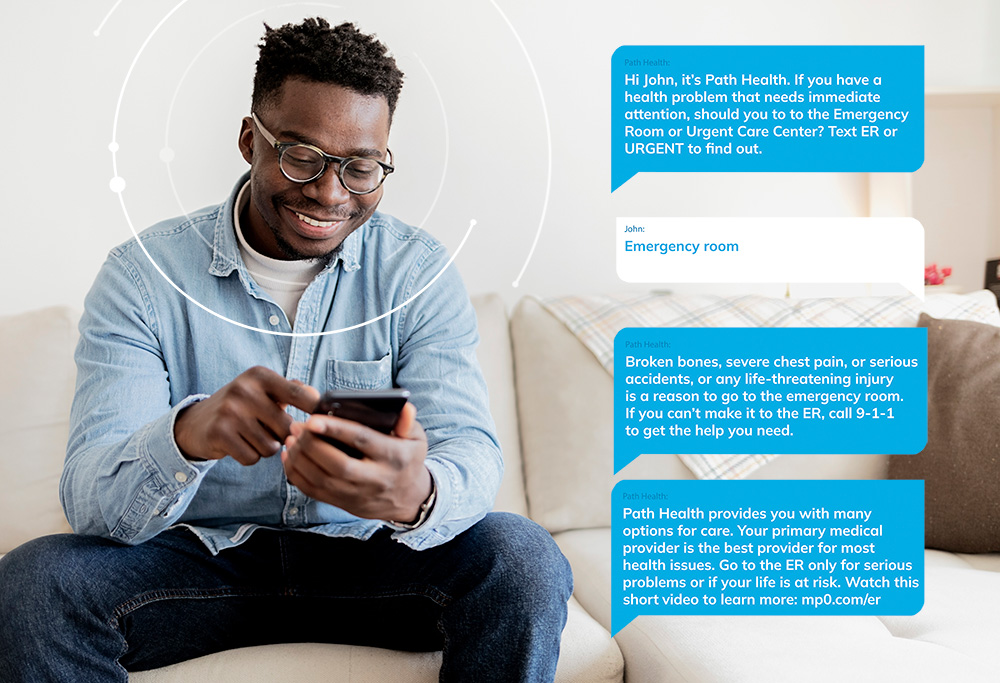mPulse Mobile recently released a Patient Engagement Outcomes Report that walks through five innovative mPulse Mobile client programs, including execution details and outcomes. mHealthWatch is publishing a new blog series based on the findings of this report over the next five weeks. We will share each post on the mPulse Mobile blog with additional detail and analysis from our team. First up is a case study showcasing the power of a mobile solution to outperform online ads and mail.
mPulse ‘Patient Access’ Mobile Solution Outperforms Online Ads, Mail
It’s a sad fact of the current state of healthcare that more than 50 percent of individuals with ‘moderate mental illness’ do not receive treatment. Correspondingly, a major dilemma has been how to reach and engage healthcare consumers. But that could soon change, thanks to programs like the one designed by mPulse Mobile. As an illustrative case study, for example, a recent success story points the way to better results.
A behavioral health therapy provider, contracted to provide services to Medicaid beneficiaries with anxiety and depression, needed to increase awareness and enrollment to its service. The company tried online advertising and mail outreach, but it was costly and minimally effective.
The provider then reached out to mPulse Mobile to deliver a more effective and efficient mobile engagement strategy to increase enrollees into the therapy program. The target audience involved custom segments within a wider population of 400,000 Medicaid beneficiaries.
The company implemented mPulse Mobile’s Patient Access solution to efficiently reach and engage large segments of the population in a short period.
“Initially, clinical and demographic datasets were used to assess and segment the 400,000-member population,” according mPulse Mobile’s Outcomes Report. “Next, messaging workflows were implemented with segment-specific language and tone. Individuals had to reply in order to get details of the program and receive a text that contained an embedded link to the therapy site.”
Best of all, the link was trackable to allow insights into the source of site traffic.
What happened? Immediately following the initial text outreach, there was a large spike in web traffic to the therapy site compared to the baseline level driven by online advertising and mailers. Almost immediately, the text channel accounted for 66 percent of weekly therapy sign-ups compared to 11 percent from online advertising and 10 percent from mailed flyers. Opt-out rates from the program were low at 5 percent.
In addition to the clear success of the text channel at increasing awareness and utilization of health services, this use case demonstrated the text channel is much more precision-based than other outreach methods. Organizations can be more strategic about how they conduct their outreach. 95% of messages are read within 3 minutes of being received and response rates frequently reach >30%. This means organizations can launch a targeted campaign to specific patient segments and within hours have powerful metrics to access the impact of the outreach.
Next Monday, mHealthWatch will present the second blog in this series: the findings of a case study focused on Rx refill rates.












